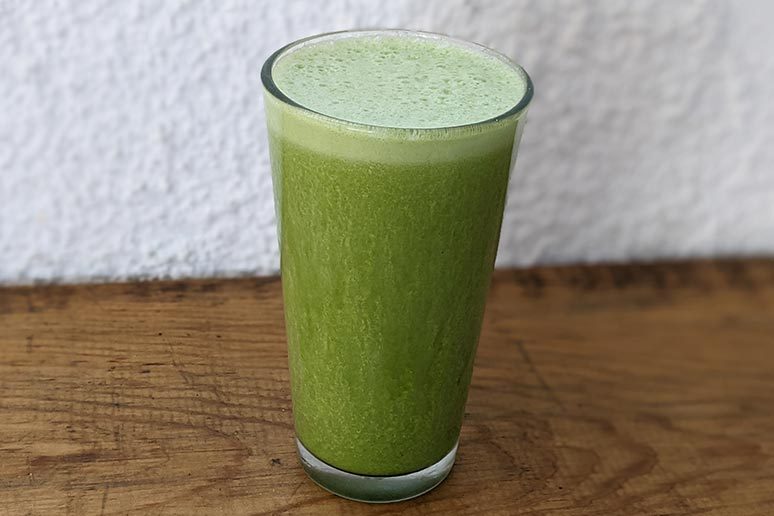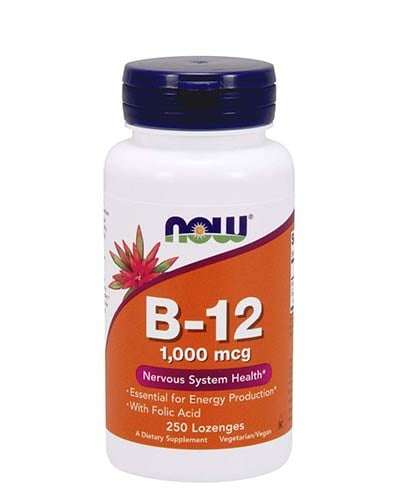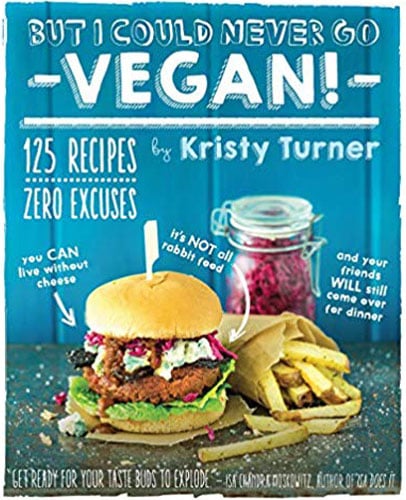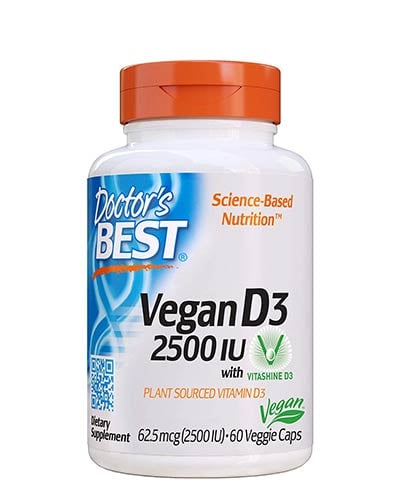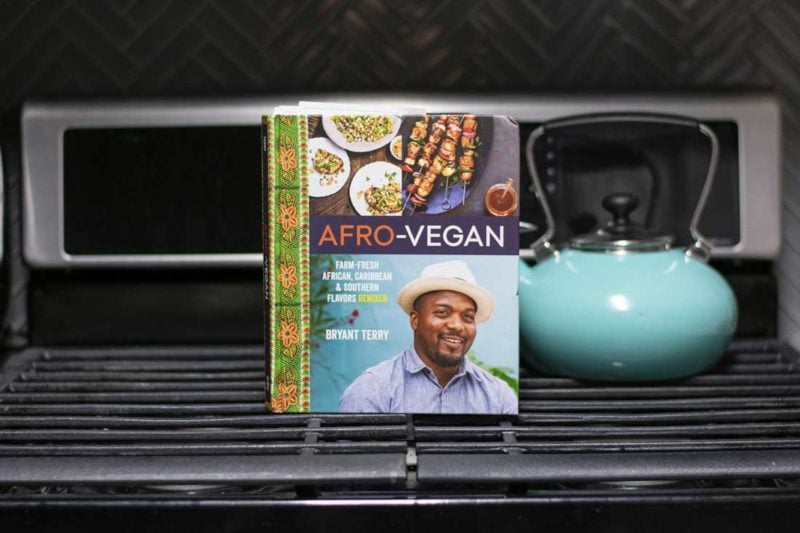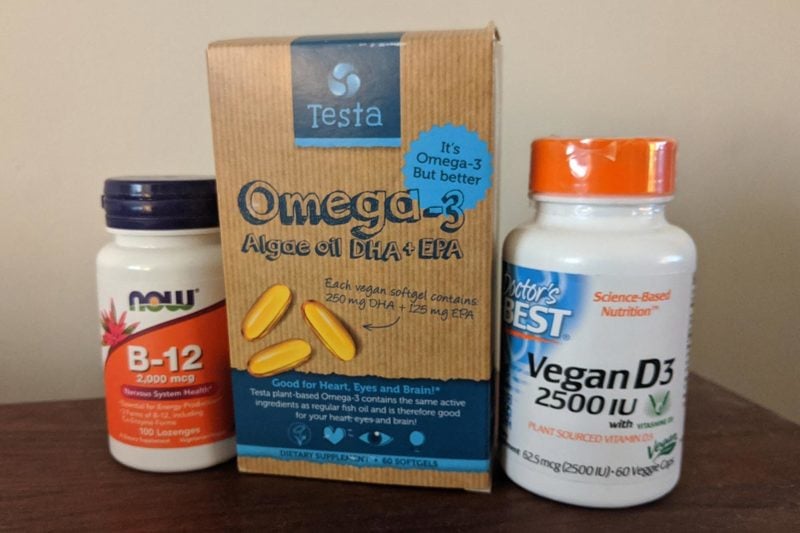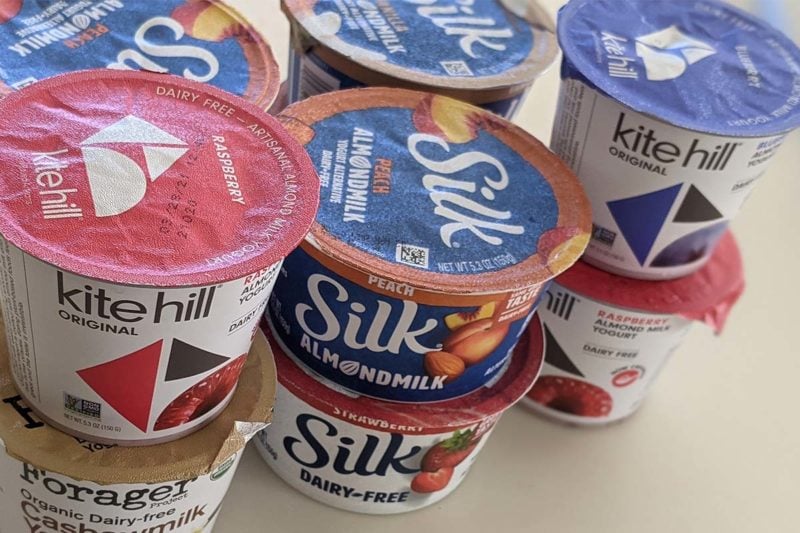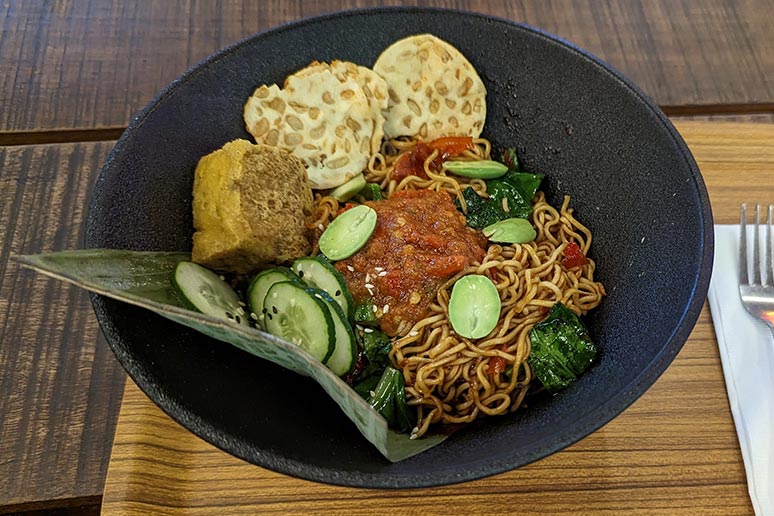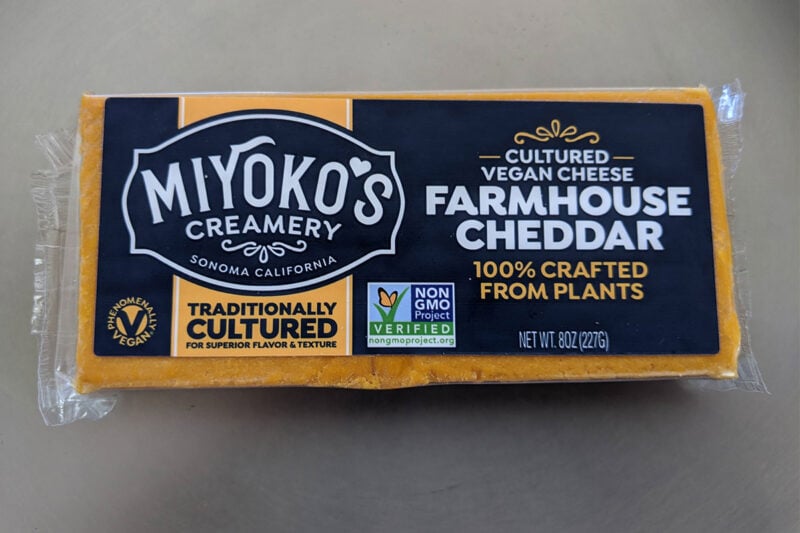Green smoothies are popular among vegans and fitness enthusiasts, and they are undeniably healthful. They’re a blended combination of greens (often spinach or kale) and fruit, plus maybe some spirulina or chlorella. When it comes to micronutrients and fiber, it’s tough to get more nutrition per calorie than what a green smoothie can provide.
How to Make a Green Smoothie
The key to making a drinkable green smoothie is nailing the proportion of greens to fruit. The words, “green smoothie” might lead you to think that this drink is mostly made up of greens. But it should really be more like 80 to 90 percent fruit, and 10 to 20 percent greens. Go much higher than 20 percent greens you’ll likely end up with something intolerably bitter.
For fruit, almost any favorite will do: cored apples, grapes, and watermelon are great choices. For the greens, spinach is common but I prefer kale for two reasons. First, it’s much lower in oxalates than spinach, which means you’ll absorb more calcium. And second, kale is too tough and fibrous to happily eat raw. But when added to your green smoothie, all that fiber gets blended into your drink.
You can also use any sort of lettuce in your green smoothie, and since lettuce isn’t bitter or has less fiber than kale, you can increase the proportion of greens to fruit and still make something palatable.
Whichever fruits and vegetables you use, get the proportions right and you’ll have something that tastes pretty good. There are entire books and websites devoted to green smoothie mastery.
Spirulina and Chlorella
Many people add a teaspoon or two of spirulina or chlorella powder to their green smoothies. These are both algaes, and two of the most well-known superfoods (a concept that’s probably as unhelpful as it is helpful.)
The internet is full of pages comparing the benefits of spirulina to chlorella, and most of them are full of pseudoscience and so I don’t have an opinion either way. Regardless, they both have substantial amounts of trace minerals. And there’s probably no richer source of chlorophyll, the material behind photosynthesis. One cool thing about chlorophyll molecule is that it’s remarkably similar to hemoglobin, so New Agey health people will have you believe that it’s especially good for you. I don’t know how true that is, and it’s the sort of thing that would be hard to prove.
Health Risks of Consuming Algae
I should end by saying I personally wouldn’t regularly consume lots of spirulina or chlorella, since these are unusual foods that may cause problems. As algae, both these organisms are neither plants nor animals, and since they’ve rarely been in the human diet it’s fair to worry that we haven’t co-evolved to eat this stuff. On top of that, both are prone to contamination, especially when grown in lakes that have contamination or toxic algae blooms.
Various species of blue-green algae have killed companion animals and livestock. It’s also caused problems for people. The algae supplement industry has a history of attracting shady multi-level marketing companies making dubious health claims. These companies will invariably assert their algaes are rigorously tested for contaminants, but I personally think that consuming this stuff frequently is taking chances.
But there’s more to life than just nutrition and there’s frankly nothing more vile tasting than an ineptly prepared green smoothie.

